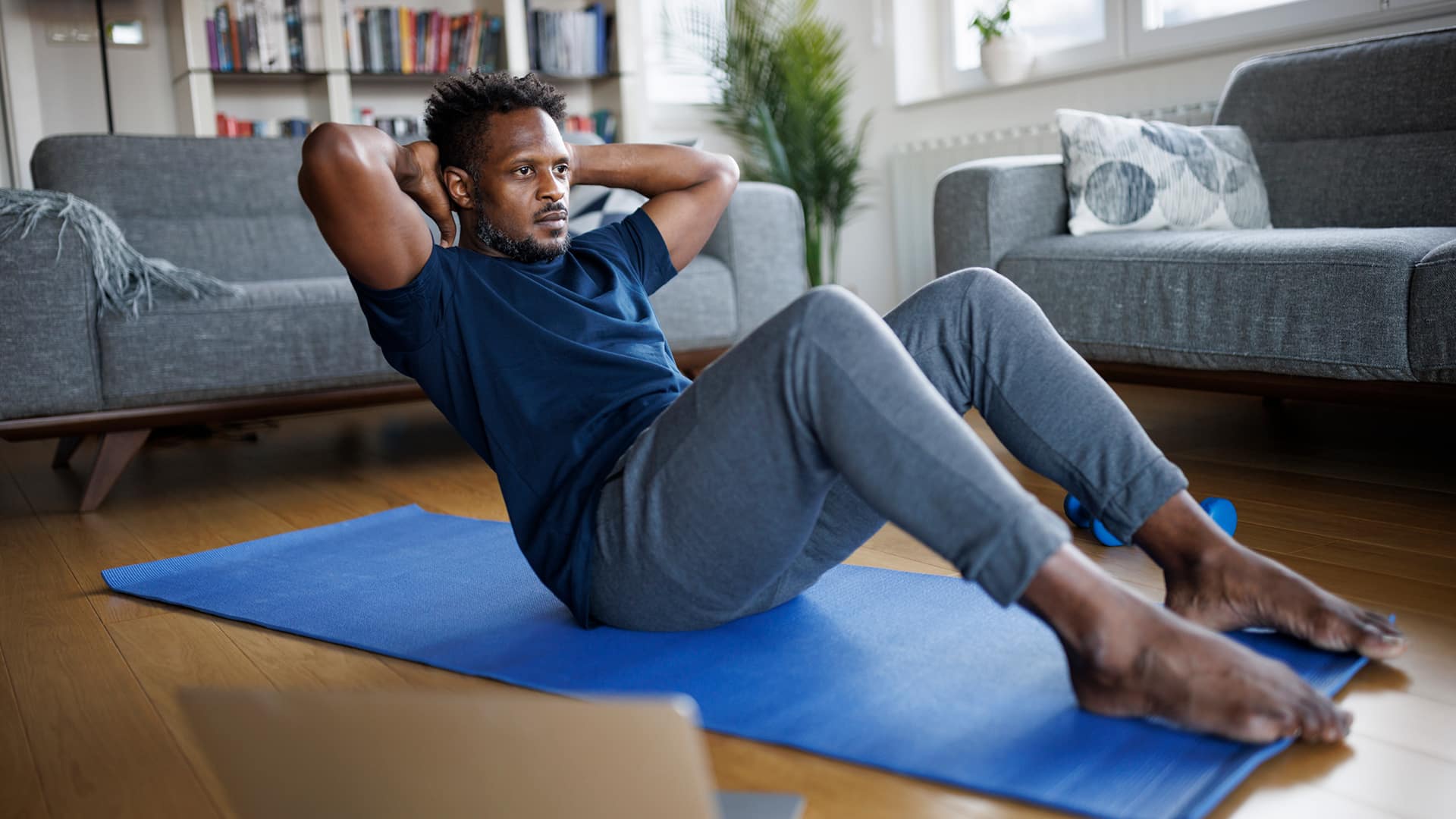
Pilates foundations for core strength
What's the story
Pilates is a low-impact workout that focuses on building strength while enhancing postural alignment and flexibility. While the core is the primary focus, it is a full-body workout Perfect for beginners, it can be easily adapted as you progress and build strength and confidence. This guide will provide you with essential tips to start your Pilates journey on the right foot.
Tip 1
Start with breathing
Breathing is a key principle of Pilates. It enhances focus and guarantees that your muscles get the oxygen they need to perform at their best. In Pilates, we do lateral breathing, which means you take a deep breath into the sides and back of your rib cage. And, while doing so your shoulders should be relaxed. They should not scrunch up toward your ears.
Tip 2
Mastering the core engagement
In Pilates, it all starts with your core. You gotta fire up those deep belly muscles before you move a muscle! To engage, picture pulling your belly button back toward your spine—just don't hold your breath! You should feel a tightness, like a belt, around your midsection. This helps keep your spine and pelvis steady as you rock those exercises.
Tip 3
Focus on quality over quantity
In Pilates, how you perform each exercise is more important than how many you do. Concentrate on executing each movement with control and precision, rather than rushing through repetitions. This way, you ensure the right muscles are engaged and you decrease the risk of injury. By focusing on quality over quantity, your workout becomes more efficient, emphasizing proper form and muscle activation.
Tip 4
Incorporate equipment gradually
Most Pilates exercises rely on body weight and are performed on a mat, but adding equipment like resistance bands or a Pilates ball can provide variety and challenge. However, it's essential to master the basics first before adding equipment to ensure you maintain proper form and prevent injuries. This way, beginners can confidently build their core strength and flexibility.